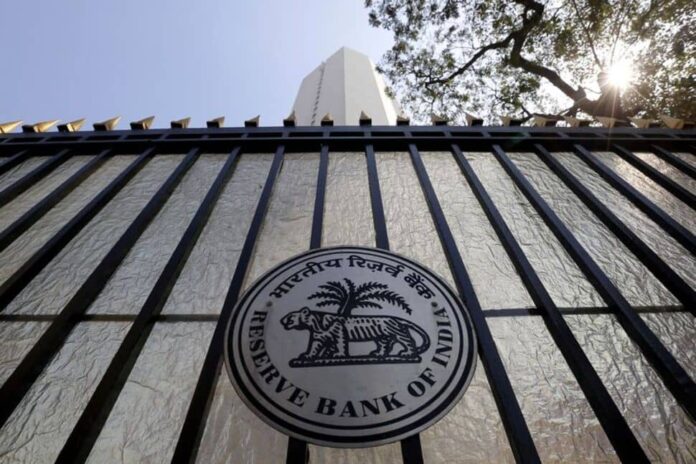
India’s foray into the realm of central bank digital currencies (CBDCs) has been a closely watched endeavor, with the launch of the India’s Digital Rupee, e-rupee, the digital counterpart to the physical Indian rupee, in December 2022. The RBI digital currency pilot, also known as the digital currency project in India, appeared promising initially, but recent reports suggest a stark decline in its usage, raising questions about the challenges faced in driving widespread acceptance of this digital currency in India.
The Promising Start and RBI’s Ambitious Targets
When the e-rupee pilot, India’s CBDC implementation, was launched, the Reserve Bank of India (RBI) set an ambitious target of reaching 1 million retail transactions per day by the end of 2023. To achieve this goal, the central bank employed various tactics, including incentivizing banks to push digital currency adoption and even directing them to disburse a portion of employee salaries through the digital currency India.
The Sudden Slump in Transactions
However, the euphoria surrounding the Indian e-rupee’s initial success was short-lived. According to sources directly involved in the pilot, the daily transaction volumes have plummeted to just 10% of its peak in December 2023, dropping from 1 million to around 100,000 transactions per day. This dramatic decline in usage reflects the e-rupee adoption challenges faced by several countries in generating sustained public interest and adoption of their respective CBDCs.
Identifying the Challenges
The primary factor behind the Indian digital currency’s declining usage appears to be the waning of the RBI digital currency approach driven incentives and directives to banks. Once the push for increased transactions diminished, the organic demand for the digital currency India failed to materialize, highlighting the lack of inherent consumer appeal and value proposition.
The Role of Banks and the RBI’s Evolving Approach
The sources further reveal that the ongoing e-rupee transactions are largely driven by banks disbursing benefits to their employees through the digital currency India. This suggests that the CBDC India adoption is heavily dependent on institutional support rather than organic consumer adoption.
In response to the slump, the RBI CBDC team is now shifting its focus towards refining the underlying technology and exploring new use cases for the e-rupee, rather than rapidly expanding the pilot. The central bank seems to be taking a more cautious and measured approach, recognizing the need to develop a stronger value proposition and foster genuine consumer demand.
Global Perspective on CBDC Adoption
The challenges faced by India’s digital currency are not unique. Globally, among the 86 central banks surveyed by the Bank for International Settlements, only a third are currently running CBDC pilots. The CBDC global landscape shows that even in the few countries that have launched their own digital currencies, such as the Bahamas and Jamaica, the success has been limited.
The Importance of Addressing Consumer Needs
As the RBI delves deeper into the e-rupee’s development, it must address the fundamental question of how this digital currency in India can add tangible value for consumers relative to traditional cash, the current currency of India. The Federal Reserve Bank of Kansas City’s observation that “consumers may need more than just (retail) CBDC technology” to spur adoption underscores the need for a comprehensive understanding of user preferences and the creation of a compelling value proposition.
Exploring New Use Cases and Driving Organic Adoption
The RBI’s current focus on testing the technology and exploring new use cases for the e-rupee is a step in the right direction. By identifying and addressing the specific needs and pain points of consumers, the central bank can work towards fostering organic adoption and sustainable growth of the digital currency India.
The Significance of the E-Rupee’s Journey
The trajectory of the e-rupee adoption holds significant implications not only for India’s digital transformation but also for the broader CBDC global landscape. The lessons learned from this experience can inform the strategies and approaches adopted by other nations as they navigate the complex and evolving world of CBDCs.
Regulatory Considerations and the RBI’s Role
As the digital rupee pilot project progresses, the RBI must also carefully navigate the regulatory framework, ensuring that the digital currency India aligns with existing financial regulations and policies. The central bank’s ability to strike the right balance between central bank innovation and compliance will be crucial in shaping the e-rupee’s long-term success.
The Road Ahead: Towards Sustainable E-Rupee Adoption
As the RBI navigates the challenges and explores new possibilities for the e-rupee, the ultimate goal should be to create a digital currency in India that not only meets the technical and regulatory requirements but also resonates with the needs and expectations of the Indian populace. By striking the right balance between innovation, user-centricity, and regulatory oversight, the RBI can pave the way for the e-rupee’s sustainable adoption and solidify India’s position as a leader in the digital currency landscape.
Disclaimer: The information provided in this article is for informational purposes only and does not constitute financial advice. Investing in cryptocurrencies involves risks, and readers should conduct their own research and consult with financial advisors before making investment decisions. Hash Herald is not responsible for any profits or losses in the process.












